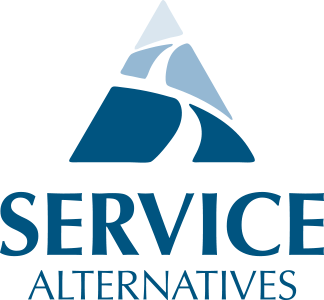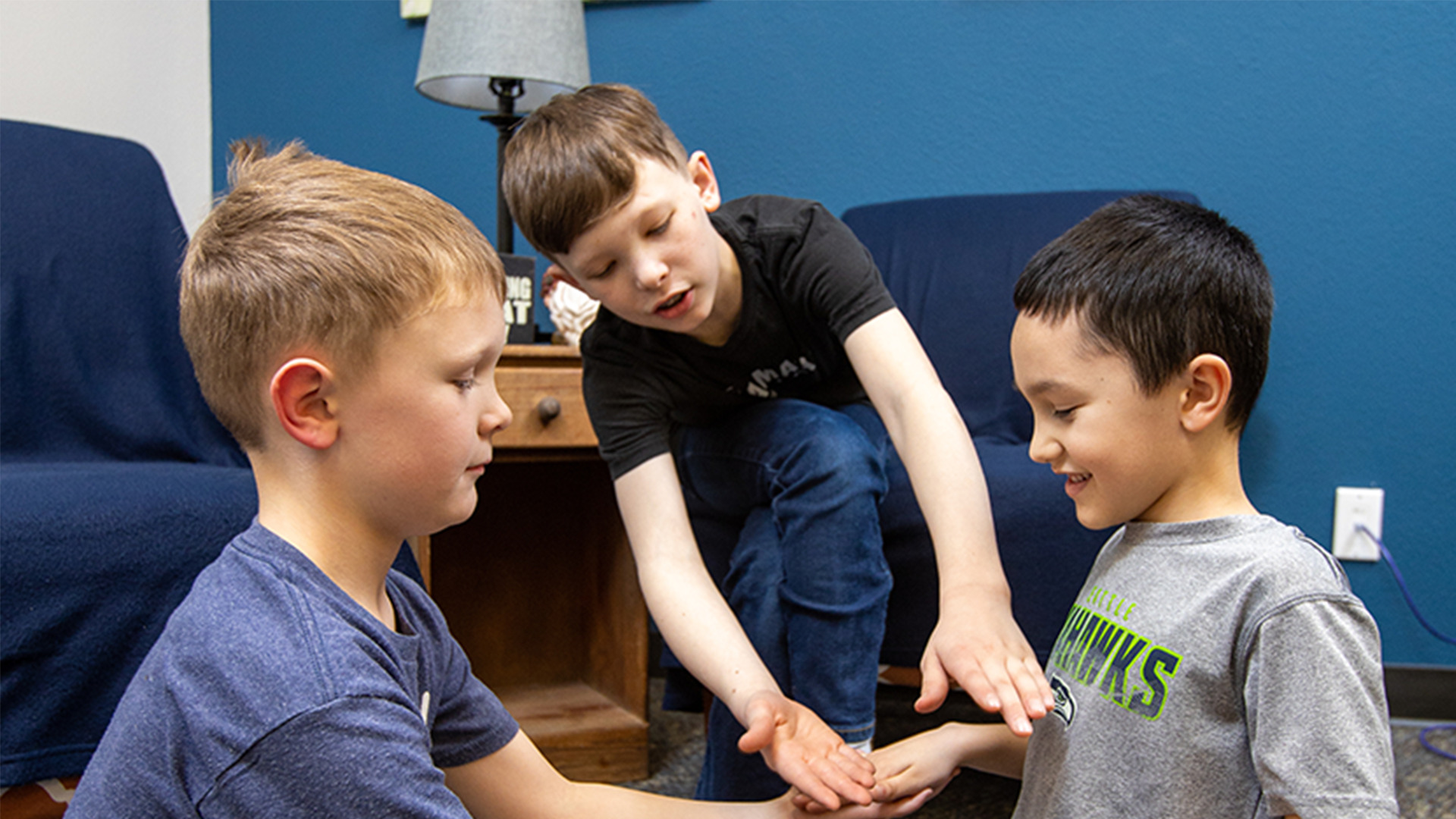Co-written with Vener Azurin, Training Administrator
People attend trainings for a variety of reasons. It may be the desire to receive a formal certificate to demonstrate deep knowledge in a skill, seeking to comply with legal or contract requirements, or wanting to close a performance gap. Regardless of the intent, sustaining training outcomes is a major objective for training attendees. For many companies, a countdown timer starts when staff complete training. When will the effect of the training experience disappear and we return to where we started?
The challenge of training benefits fading is not unique to Service Alternatives (SA) or our industry. In a great case study, the United States Air Force tackled this issue when training staff in Crew Resource Management (CRM). Within fourteen months of attending training, staff compliance with CRM decreased over 25%.1
Thus we ask the question, “How can you sustain the outcomes of a training?”
Below, we present 5 tips for sustaining training outcomes.
1. Ensure supervisors know the topics covered in the training
We update our trainings often. New modules may sneak into the training and practices can change with new policies or research. For many programs, supervisors only attend new-hire trainings when they first join the company. Managers that have worked in their role for many years may not know the new content in updated trainings.
This can create a conflict in practices. If a supervisor manages their program following dated methods, their staff will act unexpectedly after attending training. Supervisors best sustain training when they are aware of any changes in the curriculum and can hold themselves and their staff accountable to the topics covered.
Leaders of all levels should continue to assess their training needs and evaluate courses based on what will help their staff meet the expectation. Supervisors should also check in with their staff after they attend training to verify their understanding of the material.
For SA’s training participants and customers, we are happy to offer summaries of all trainings your staff receive. This includes providing an outline of the learning objectives or a sample copy of the participant handbook. You need simply put in a request with your Training Service Manager and we’d be happy to help. For more information about Service Alternatives trainings including Elemental Leadership®, or RIGHT RESPONSE®, please fill out our Training Request Form.
2. Discuss training outcomes at staff meetings
How do you keep the training conversation alive after the training? Have you created a RIGHT RESPONSE® safety plan for your program? Are your mentors actively conducting leadership meetings using Elemental Leadership®? Have you used the Cycle of Reflection after discovering a mistake?
Creating a standing agenda item at staff meetings is a great way to discuss training resources. Every training Service Alternatives provides includes an evaluation at the end of the session. These evaluations are not (just) a ticket for getting out of the training, but a chance for participants to reflect on the most meaningful parts of the experience. We ask all attendees what they will implement from the training and how they will do so. Answering this question on the evaluation is a commitment to change. A great time to meet this promise is during a staff meeting.
3. Attend updates and recertifications
This tip may seem obvious, which is perhaps why I’ve placed it in the middle of the list where it’s easy to glance over. Nonetheless, this is crucial when answering the question of how to sustain training outcomes. Over time, people will forget the key details of a training.
With some of our trainings, such as the Supported Living Update, we keep an eye on trends in our programs and industry to update the training each year. Even for our trainings with more consistent content, the experience of attending an update can result in a better understanding of the material. Each update can bring a new trainer, different fellow participants, and a year’s practical experience. The majority of our update trainings include opportunities for facilitated discussions among participants to create a unique experience.
Finally, keeping your certifications up to date also keeps you in compliance with legal or industry requirements, so that’s also a pretty good reason to attend.
4. Adjust program expectations to align with training suggestions
Employees adopt the work habits that their program, division, or company culture prescribes.
Due to this, we must be intentional and create a culture that says training is vital. We must ensure that our program operations are aligned with the best practices outlined in a training. If a person goes through a training and the structure of the program, the language used day-to-day, and practices do not match the promise of a training, the outcomes will diminish.
Please let us know if one of our training recommendations you’ve received does not align with the practical needs of your program. A virtue of our trainings stems from their need to truly support the work in our programs. We develop almost all of our training in-house. If our training fails to prepare our staff, we also fail our clients.
5. Review suggested readings
Our trainings are a product of experience, research, and collaboration between subject matter experts, field experts, and training designers. We share our research in every handbook we make. Most of our trainings, be it online or in-person, is just a sliver of any subject. Take some time to read the cited works used in producing the training.
You will gain context for and cement the concepts you covered. Attending training is not the end of a learning journey, but a step on the ongoing path of advancing your potential.
- Grubb, G., Morey, J., & Simon, R. (2001). Sustaining and advancing performance improvements achieved by crew resource management training. In 11th Annual Symposium on Aviation Psychology. Columbus, OH (pp. 1-4).










